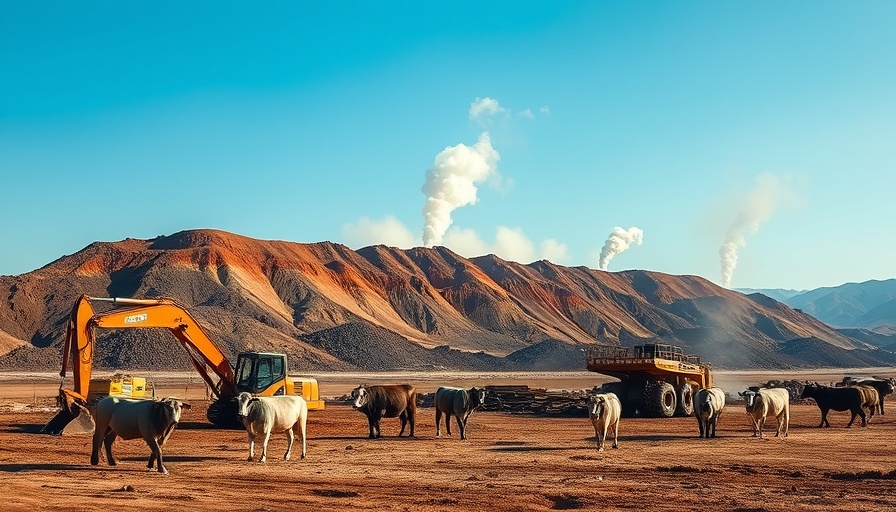
China's Renewable Energy Explosion: A New Era of Sustainability
As the world grapples with the realities of climate change, one country stands out for its astonishing acceleration in renewable energy installations. China has not only set a new record for solar and wind energy capacity in 2025 but has also redefined global standards for sustainability. In just five months, the nation added an extraordinary 198 gigawatts of solar power—marking a staggering 388% increase compared to the previous year. This rapid expansion emphasizes China's commitment to greener energy and showcases the potential of technological advancements in mitigating climate challenges.
A Look at the Numbers: Record-Breaking Installations
The National Energy Administration (NEA) reported that by the end of May 2025, China's solar capacity reached 1.08 terawatts, accounting for roughly half of the world’s total installed solar capacity. The country also made significant strides in wind energy by adding 46 gigawatts within the same timeframe. Together, these installations are projected to produce enough electricity to rival entire countries, including Poland and Sweden combined. This impressive growth has sparked discussions about the global energy transition, making China a focal point in renewable power discourse.
The Shift from Coal to Renewables: Economic Implications
For the first time, investments in renewable energy sources in China have outpaced those in coal, signaling a major shift in energy priorities. This financial pivot not only reflects changing consumer demands but also aligns with global trends aimed at reducing carbon emissions. As countries worldwide struggle to meet sustainable energy goals, China's move offers a blueprint for how nations can revamp their energy investments and reshape their economies.
Global Impact: How China's Leadership Influences the World
China's unprecedented speed in renewable energy installation sends ripples across the globe. Experts now look to China as a leader in clean technology, with implications that extend far beyond its borders. The advancements made in solar and wind technology could inspire developing nations to adopt similar strategies, accelerating their paths toward energy independence and sustainability.
Looking Ahead: Future Predictions and Trends
If China's pace continues, future developments in solar and wind technologies could lead to even more efficient energy production and storage capabilities, fostering innovations that further transform the energy landscape. As international communities evaluate their own climate goals, the pressure is on to keep pace with China's rapid advancements, and the world is watching closely.
 Add Row
Add Row  Add
Add 




Write A Comment